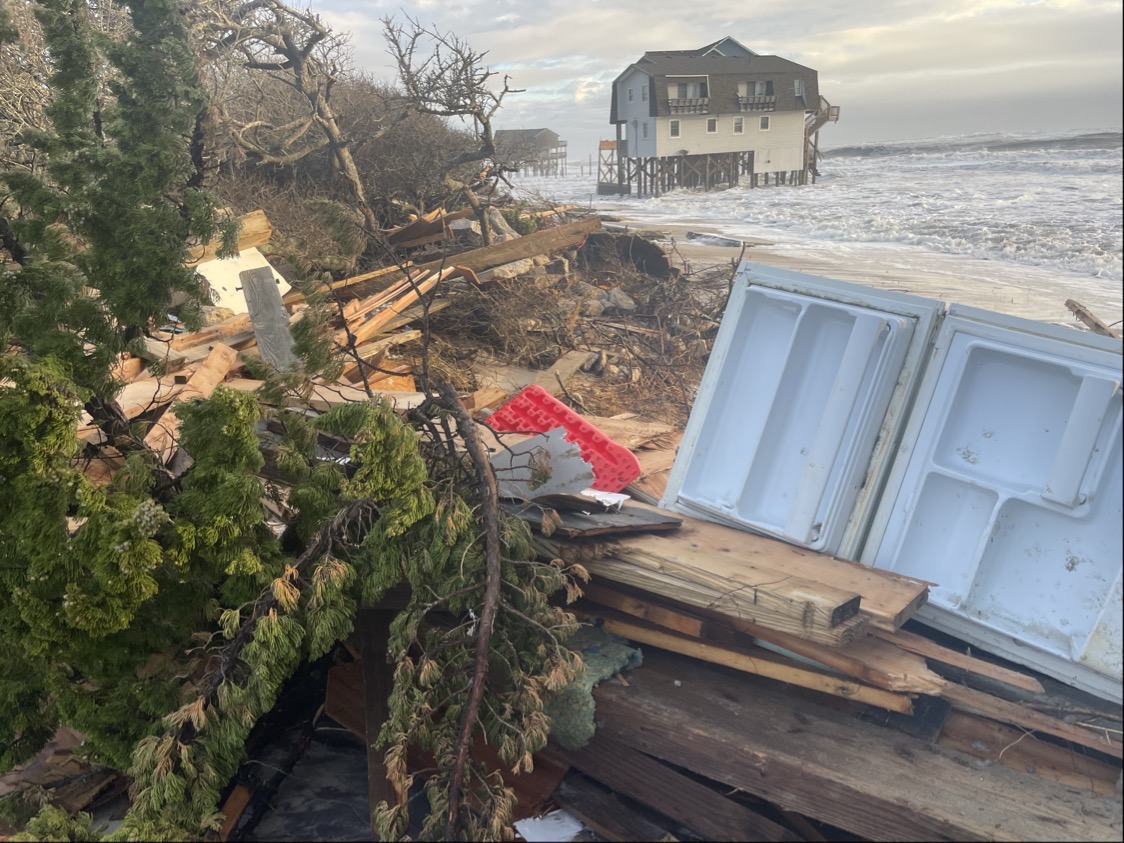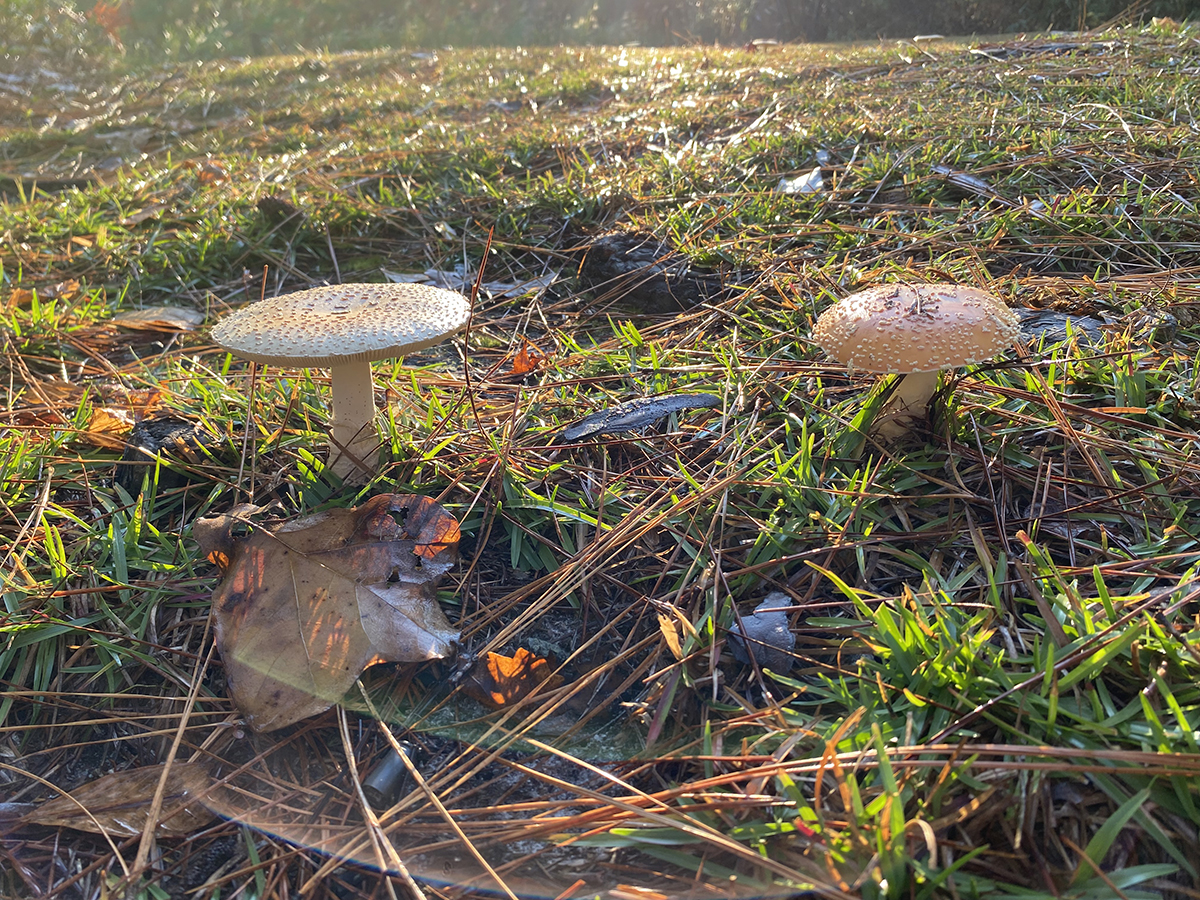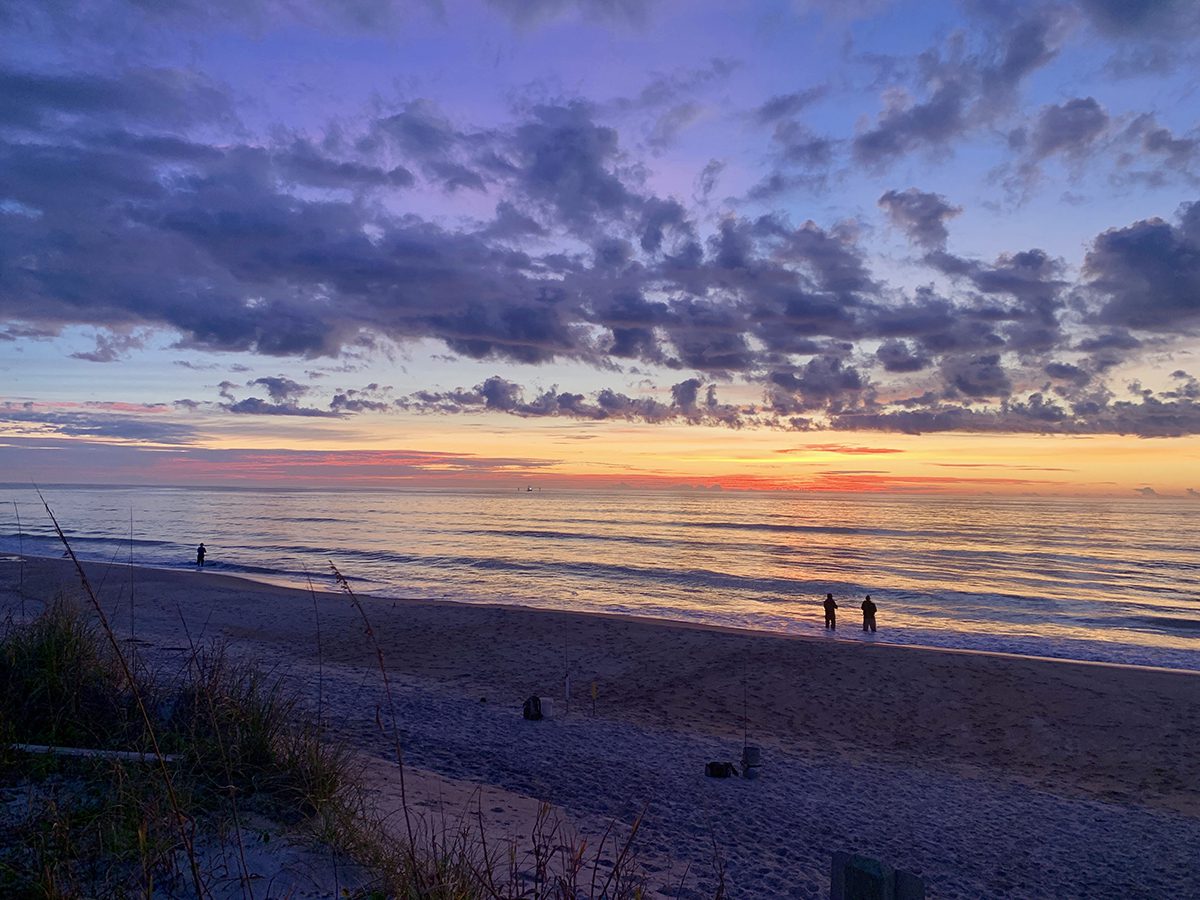
As you walk across the dunes, the sun’s glow is just below the horizon. It’s a crisp November morning. The water temperature is in the lower 60s. In front of you is a perfect spot for speckled trout to congregate on their beachfront migration.
The surf is barely waist high. You step into the water and your waders wrap glove-like around your legs. The current is moving to the left. Make a cast, slightly to the right to accommodate for the current. There are breaking waves just close enough to reach with a long cast. Just to the left of them the water is smoother.
Supporter Spotlight
Cast again into the edge of the breaking waves. Twitch, twitch reel.
The top crescent of the sun is just now peering over. Thump! You set the hook onto a solid fish. It turns and tries to run into deeper water but your drag is set properly and your knots are well tied. The fish bulldogs into a wave, you wait until the next one comes in. Get the fish swimming towards you and surf it onto the sand. A sleek 3-pounder.
This scenario is common wherever speckled trout are present on the North Carolina coast. Many people pursue them every year. Many are successful. Many more are not. The reasons for both are myriad.
The tackle, lures, location and timing all come into play. Get one of them wrong and you are out of the action. I am going to try to help the angler up his odds of success.
If you are a novice surf angler, this will dramatically close your learning curve. If you do this once a year on vacation, you will know some of these things, but there is more. If you are an accomplished speckled trout angler but don’t surf fish for some reason, this will be a way to take what you know and apply it differently. If you are a veteran surf angler who lives near the beach and fishes the run every day, give me a call and tell me what I’ve gotten wrong!
Supporter Spotlight
There is not enough space to give a comprehensive breakdown here, just a quick summation. A person could write a whole book about this subject. (I did actually. It’s called “Speckled Trout from the Surf,” and it’s available wherever you might buy a book online).
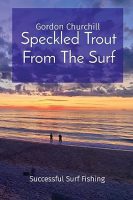
Start with the conditions. Ideally you want light winds or winds from behind. This will keep the surf down and allow the water to be clear. Not crystal clear, it gets difficult to fool them when it’s too clear. I guess it’s easier for them to see what’s wrong. Lower waves also make it easier to wade out a little farther, which means we can get our casts out past that bar. Sometimes those first three cranks of the reel handle are when you’ll get strike after strike while others, who may not be able to get out as far, won’t.
In that regard, let’s talk about gear that maximizes distance. You want a rod about 8 feet long with a fast action that is rated for 10- to 20-pound test line. Rig this with a light spinning reel in the 2500 size range. Fill your reel with 15-pound test braided line. This set up will allow you to cast light lures a long way.
But which lures should we be using?
I prefer to use a plug most of the time when surf fishing. I — and a lot of others — still prefer using the old style Mirrolure 52 MR. But there are lots of new options. The size XL Mirrodine plug by Mirrolure has been a popular choice that I’ll probably give a slot in my tackle box this year. The Rapala Sub Walk is a good option as well. What you want is something about 4 to 5 inches long with a compact shape and a little weight to it so it casts well without tumbling.
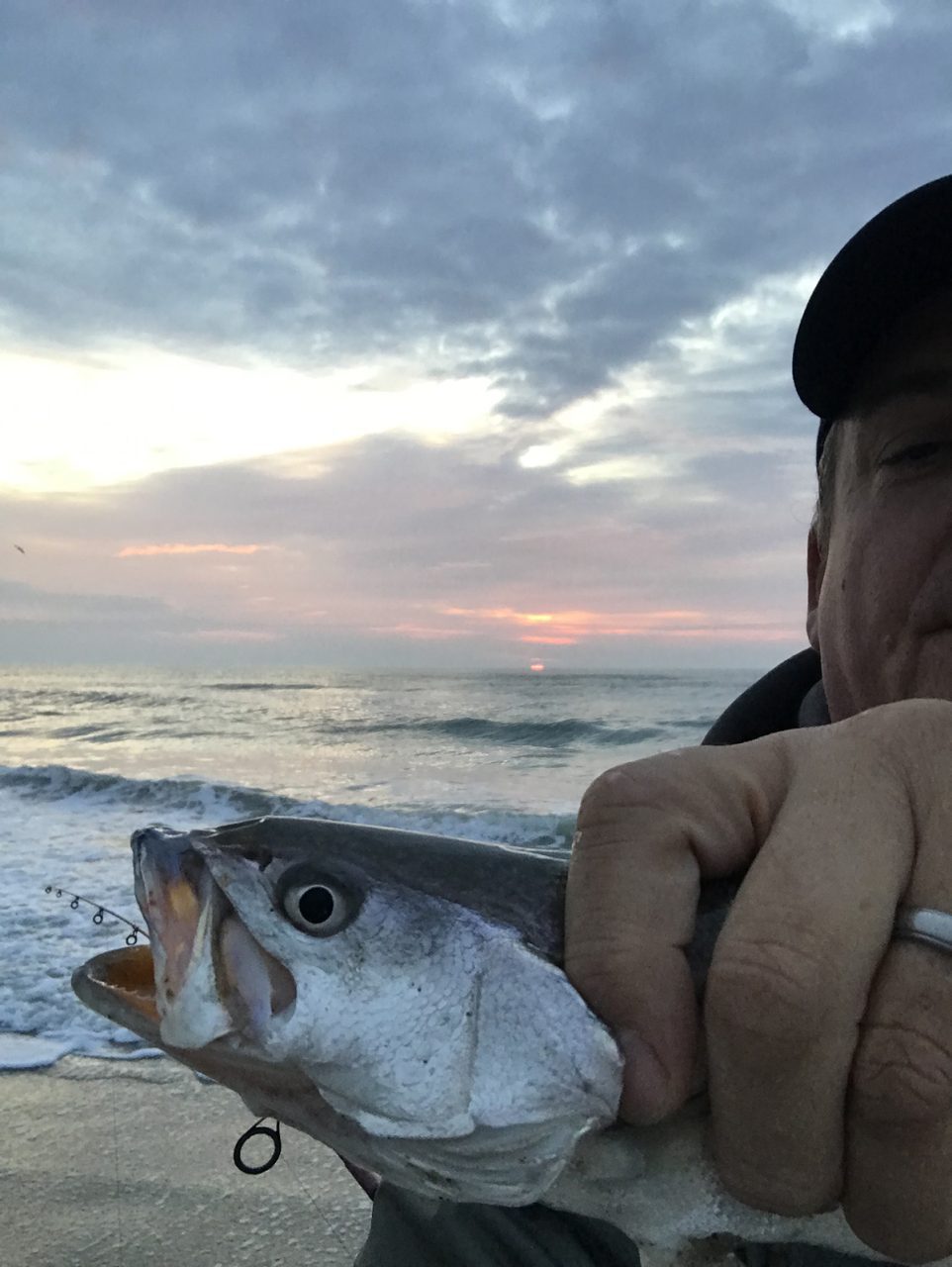
As far as color, in the surf, anything with red in it seems to do the trick. There are probably scientific papers written about it somewhere, but all I know is that red gets bites. Next, if I had to choose another, it would be pink and there are plenty of fish caught around here on the old black and gold combination.
Finally, a few words about location and time. If you have a beach vehicle with four-wheel drive AND a beach driving permit from the town in which you’re fishing, driving the beach at low tide will give you a good look at beach shape.
Look for the places where the outer bar is broken and there is a slough in to the beach. These will be the prime feeding locations. Some spots are better at higher tides while others are better at lower. Some spots have almost no water on them at low tide, so you might have to find another. Piers, jetties, and rockpiles will block the water and create holes nearby so they are always worth checking out. In fact, if you don’t have a beach vehicle, you can catch fish merely by driving from pier to pier until you find something that’s worth checking out.
Often, regardless of tide, the best time to be fishing the beach for fall-run speckled trout is dawn. I prefer to be rigged and ready the night before, so the moment I step out of the truck all I have to do is put on waders and get going.
Your first casts should be hitting the water while it’s still dark. Hopefully you scoped it out the day before and you know where you’re casting. Pitch it out there as far as you can, start reeling slowly, twitch the rod tip. Twitch again. Continue a slow retrieve.
Twitch, reel, twitch, twitch. Thump!
Feeling that thump in the dark is a whole new world. No way of knowing just what you have until you set the hook. It could be a 6-pounder. It could be a 12-incher. Have to get out there and find out.



